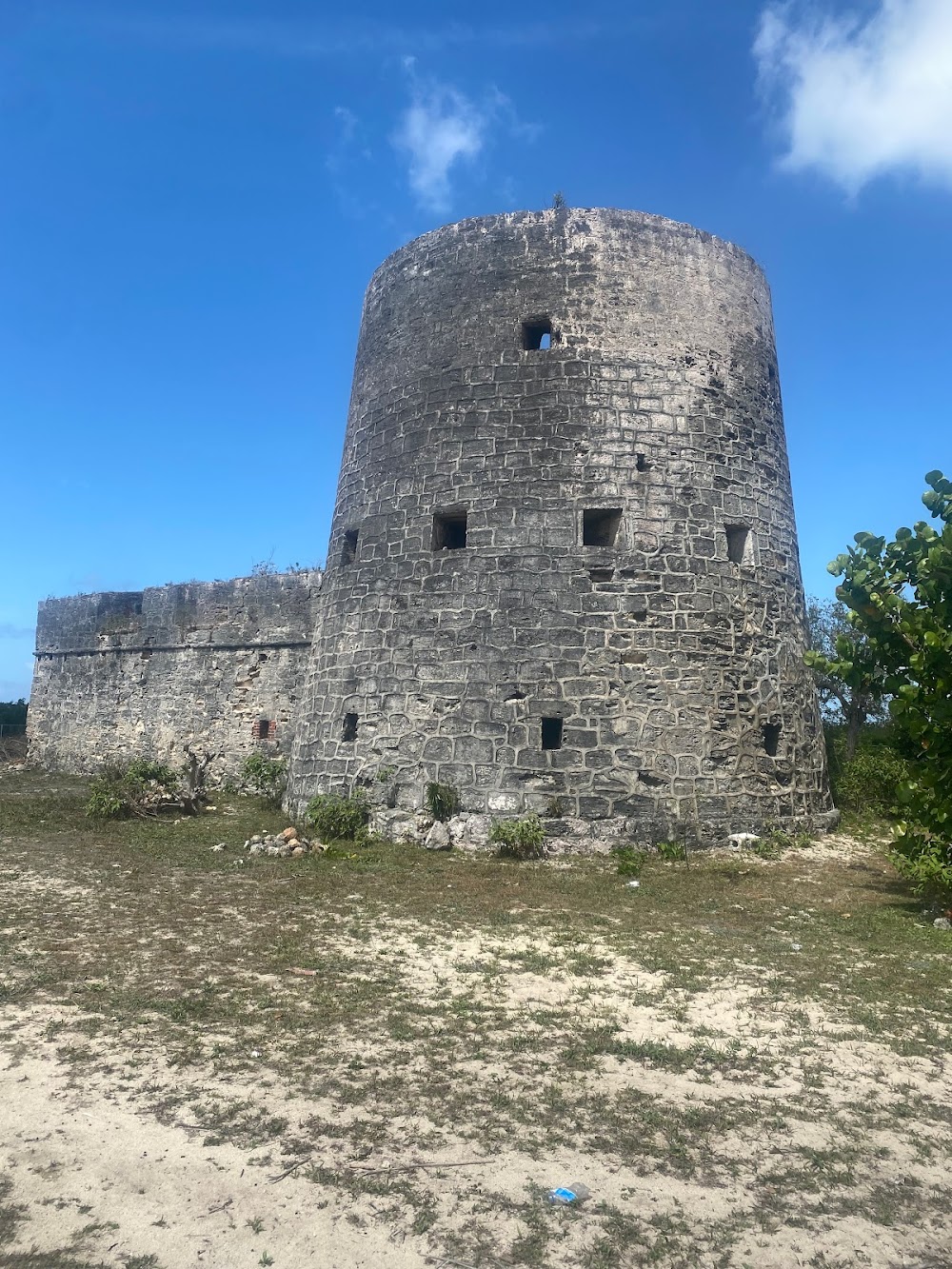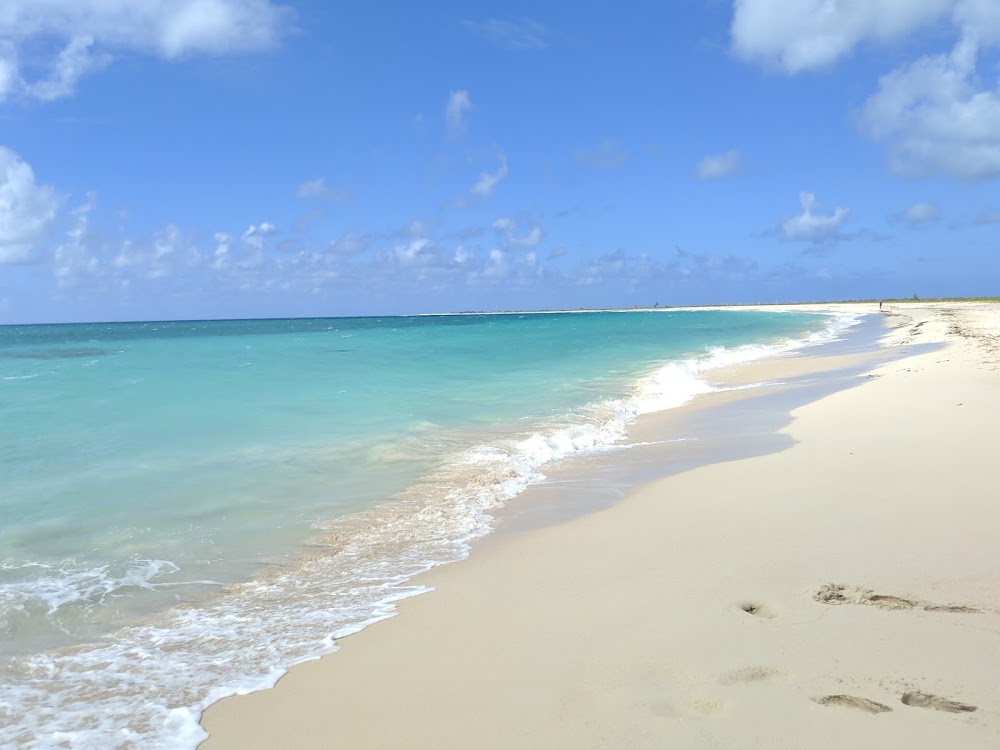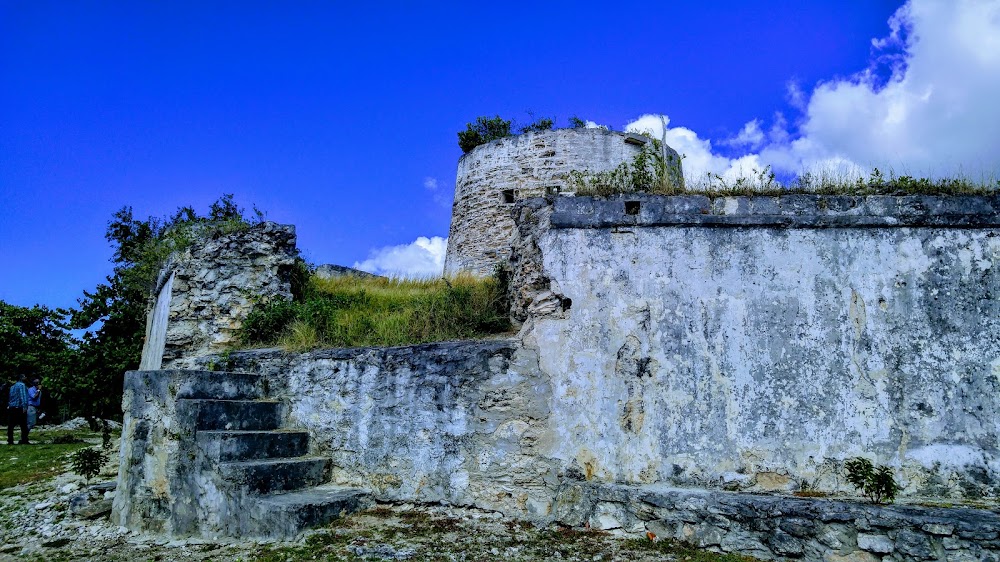Martello Tower (Martello Tower)
Overview
In the 19th century, the British found themselves on high alert, anticipating potential attacks from their long-standing rival, France. To protect their territories and interests across the seas, they constructed a series of robust fortifications known as **Martello Towers**. One of the most notable of these is the Martello Tower located in **Codrington**, a historic precinct on the picturesque island of **Barbuda**, part of the twin-island nation of Antigua and Barbuda.
The **Martello Tower in Codrington** was built around 1822, strategically positioned along the southwestern coast, overlooking the tranquil azure waters of the Caribbean. This prime location not only offered a sweeping view of the sea but also allowed British forces to monitor maritime movements effectively, enabling a swift response to any impending naval threats.
Constructed from thick limestone blocks, the tower rises about **30 feet** tall. Its round design was inspired by an earlier tower at **Mortella Point** in Corsica, which famously withstood heavy bombardment during the **Napoleonic Wars**. This innovative design led to the construction of over **100 Martello Towers** across various parts of the British Empire during the 19th century.
The tower's walls are impressively thick, measuring between **nine to twelve feet**, providing substantial protection against cannon fire. Inside, the Martello Tower consists of two main levels. The ground floor served as living quarters and storage for essential supplies, including ammunition and provisions.
A narrow, winding stone staircase leads to the upper level, where artillery was mounted. The flat rooftop was ingeniously designed to accommodate a swiveling cannon, capable of rotating **360 degrees**. This feature allowed defenders to cover a wide arc of potential attack, creating a formidable deterrent against enemies approaching from the sea.
Life for the soldiers stationed at the Martello Tower was routine yet essential. Daily tasks included maintaining the artillery, ensuring the structural integrity of the tower, and executing guard duties, always ready to defend if called upon. Communication lines were established with other military posts through signal stations and semaphore systems, ensuring coordinated defense across the islands. Soldiers also had to be mindful of their supplies, as the remote location often meant limited access to fresh provisions.
Beyond its military significance, the **Martello Tower** played a vital role in the economic and social landscape of Codrington. Local laborers were employed in its construction and maintenance, stimulating economic activity and providing job opportunities. The tower soon became a point of interest, attracting visitors and traders, serving as a tangible piece of military heritage for the community.
As time passed and newer military technologies emerged, the tactical importance of such fortifications diminished, and the Martello Tower in Codrington transitioned away from its original defensive role. However, it has endured as a historical monument, reflecting an era of military strategy and colonial resilience.
Today, the **Martello Tower** stands as a silent sentinel over the shifting sands and turquoise waters of Barbuda, embodying the history and fortitude of its builders. It remains a vital testament to the island’s rich and multifaceted past. Both locals and visitors are drawn to this iconic structure, exploring its storied premises and imagining the vigilant watch kept over the horizon two centuries ago.
In essence, the Martello Tower in Codrington is more than just stone and mortar; it is a venerable landmark that narrates the tale of a community standing guard at the crossroads of history and heritage in the heart of the Caribbean.






